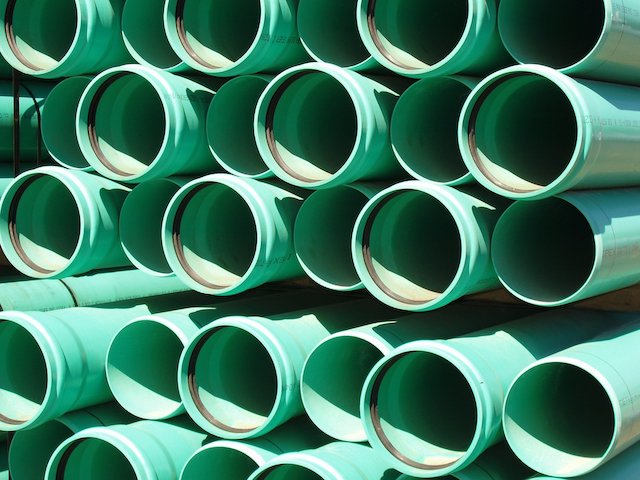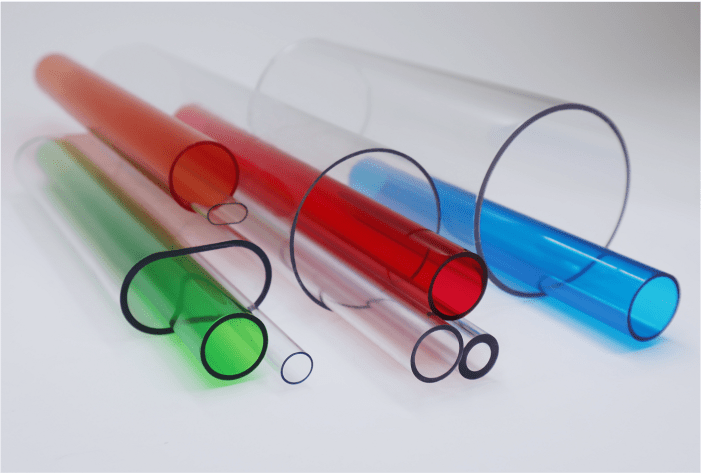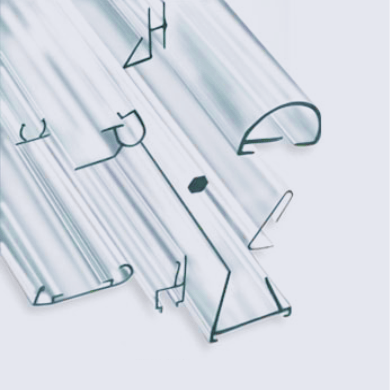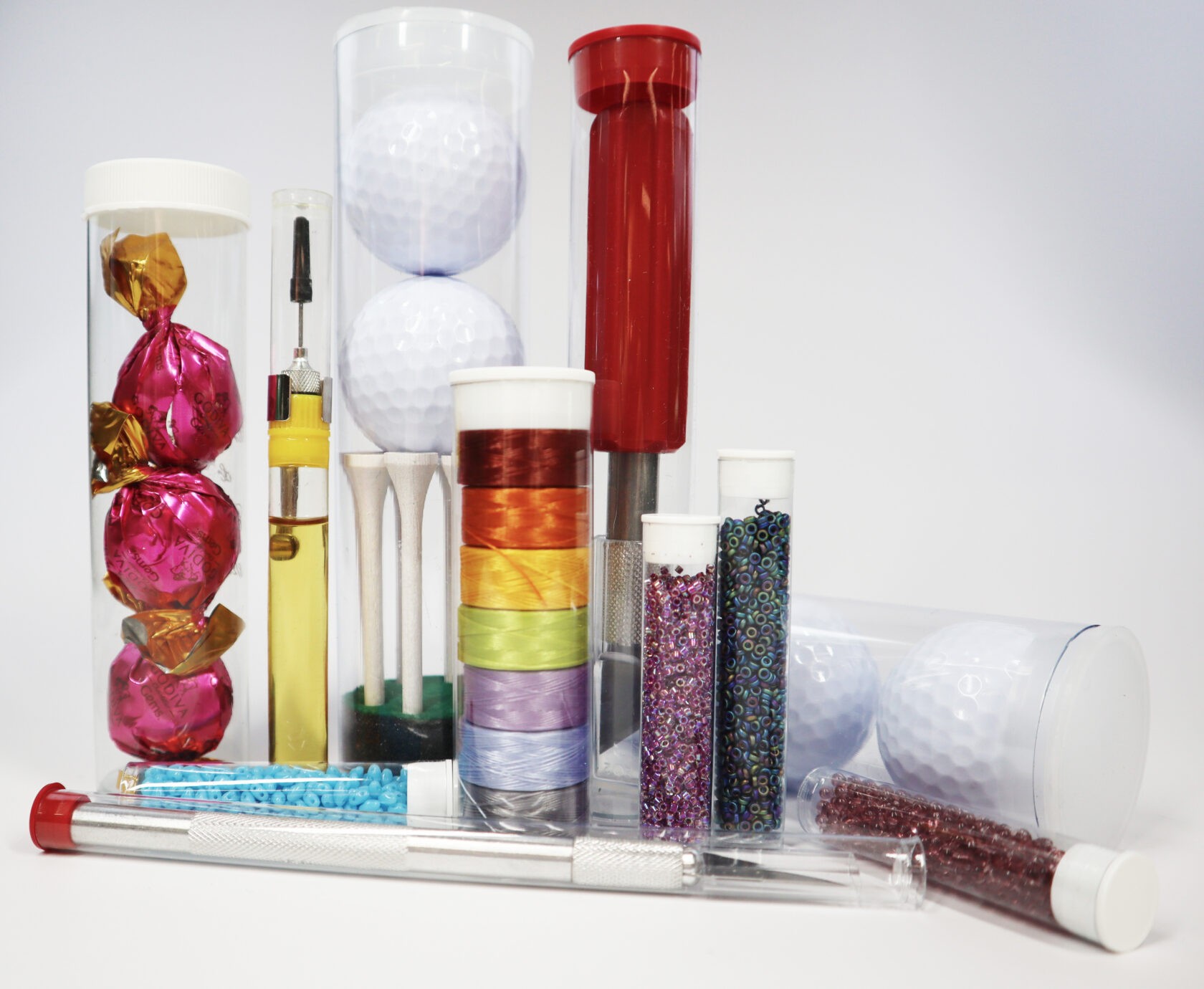A wide range of industries utilize custom plastic tubing. You’ve probably seen entire shelves filled with them the last time you visited the local pharmacy. However, not everyone knows or can appreciate how plastic tubes are made.

Here’s what you need to know about the different materials used in plastic tube manufacturing and how they all come together.
Why You Need Custom Packaging Tubes
First of all, you should know the advantages of using tube packaging for your shipping needs.
Tube packaging is a great alternative to something like glass jars and plastic bottles because it’s a more versatile and affordable option. They come in a variety of sizes, so you can have them custom-fitted to your specific product. Plastic tube packaging is also more durable in many cases and is resistant to corrosion.
Another reason tube packaging is worth investing in is because it has a wide range of applications. You can store things like beauty or medical products in plastic tubing. Alternatively, tube packaging can hold industrial supplies and metallic items.
Common Plastic Tubing Materials
Many people think that plastic is a single type of material, but they would be wrong. In fact, there are various types of plastic that all have their own unique properties. One type of plastic tubing may work better for your product than another of comparable price.
EVA Tubing
EVA (or ethylene-vinyl acetate) tubing is a copolymer of ethylene and vinyl acetate. It’s elastic and puncture-resistant, which means that it provides very good sealing for perishable items. EVA is especially useful for containing ice and frozen foods, including different industrial materials.
PVC Tubing
Polyvinyl chloride is one of the most popular tubing materials when making pipes. While this type mostly sees use in more industrial or construction-related settings, it can also prove useful for packaging purposes.
For example, shrink tubing uses PVC to wrap multiple bottles and containers so they don’t roll around during transit.
LDPE Tubing
Polyethylene is another popular type of thermoplastic available for a large array of applications. You can adjust it for different uses, which results in these three main types.
Low-density polyethylene has good clarity and moisture resistance. As the name implies, this material offers some of the resilience of polyethylene without a lot of density. This results in a material that is flexible and tough.
LLDPE Tubing
Linear low-density polyethylene is also flexible and strong. It’s slightly denser than LDPE tubing, so there’s less clarity. However, it resists all kinds of damage, such as impacts, punctures, and environmental stress.
You can find LLDPE tubing used for packaging food, medical supplies, and industrial materials.
HDPE Tubing
On the other end of the spectrum is high-density polyethylene. This material is more rigid than LDPE but has less clarity. However, it still retains its lighter weight and durability.
This type of tubing is most commonly used for transporting heavier products that are prone to scratching, such as metal parts.
Polypropylene Tubing
Polypropylene is a linear hydrocarbon polymer similar to polyethylene. It’s semi-rigid, translucent, tough, and has good heat resistance. It also has a lower density than PE and higher rigidity and hardness.
This type of tubing can make high-clarity bags in whatever size you need. It’s perfect for packaging and transporting foods to keep them fresher for longer.
UVI Tubing
Ultraviolet inhibitor tubing provides enhanced protection from UV rays. You may require this type of packaging if your product is susceptible to UV damage or discoloration due to sun exposure.
How Plastic Tubes Are Made
There are two main ways that plastic tubing is created for both packaging and utility purposes. They are the plastic extrusion and plastic pultrusion processes.
Tubing Extrusion Process
The extrusion process has a few different steps. It uses a polymer resin that’s fed into a hopper. The extruder feeds the resin down the feed throat into the barrel.
The extruders themselves have a cooled, grooved feed bushing. The bush is kept cold so it doesn’t melt the pellets or foul the grooves.
As the resin moves down the barrel, the resin is heated until it melts. This also involves equipment that controls every step of the process, such as the temperature, speed, and timing. Computerized equipment ensures that the final product matches its profile.
To produce a specific type of pipe, data is inputted such as the required throughput, dimensions, screw speed, and haul-off rate. Using computerized processes is essential if a manufacturer wants to avoid wasting material. Extrusion is most commonly used for working with aluminum and thermoplastics.
Tubing Pultrusion Process
The pultrusion process works similarly to the extrusion process except that it pulls reinforced fibers coated in a thermoplastic resin. These materials are pulled through a die and combined.
The resin used solidifies and cures within the die. It is then allowed to cool before being pulled by the reciprocating puller units. As the final product is pulled through the flying cut-off saw, it is then cut into the desired lengths.
In comparison with the other tubing processes, pultrusion is low-maintenance and efficient. It’s primarily used to create a product that’s resistant to corrosion and has thermal conductivity.
Pultrusion is most commonly used to make composites for applications like leaf springs and tool handles.
Invest in Plastic Tubing for Your Business
Now that you know how plastic tubes are made, you can appreciate the work and care that goes into designing your packaging supplies. Not every material works the same or provides the same benefits. Some of the manufacturing methods work better with some materials than others, and some suppliers mostly work with certain types.
If you’re in need of a supplier for stock and custom plastic tubes, look no further than Petro Packaging Co. Inc. Our supply includes sealed bottom tubes, shaped tubes, and open-ended options. Contact us to learn more and get a free consultation.



